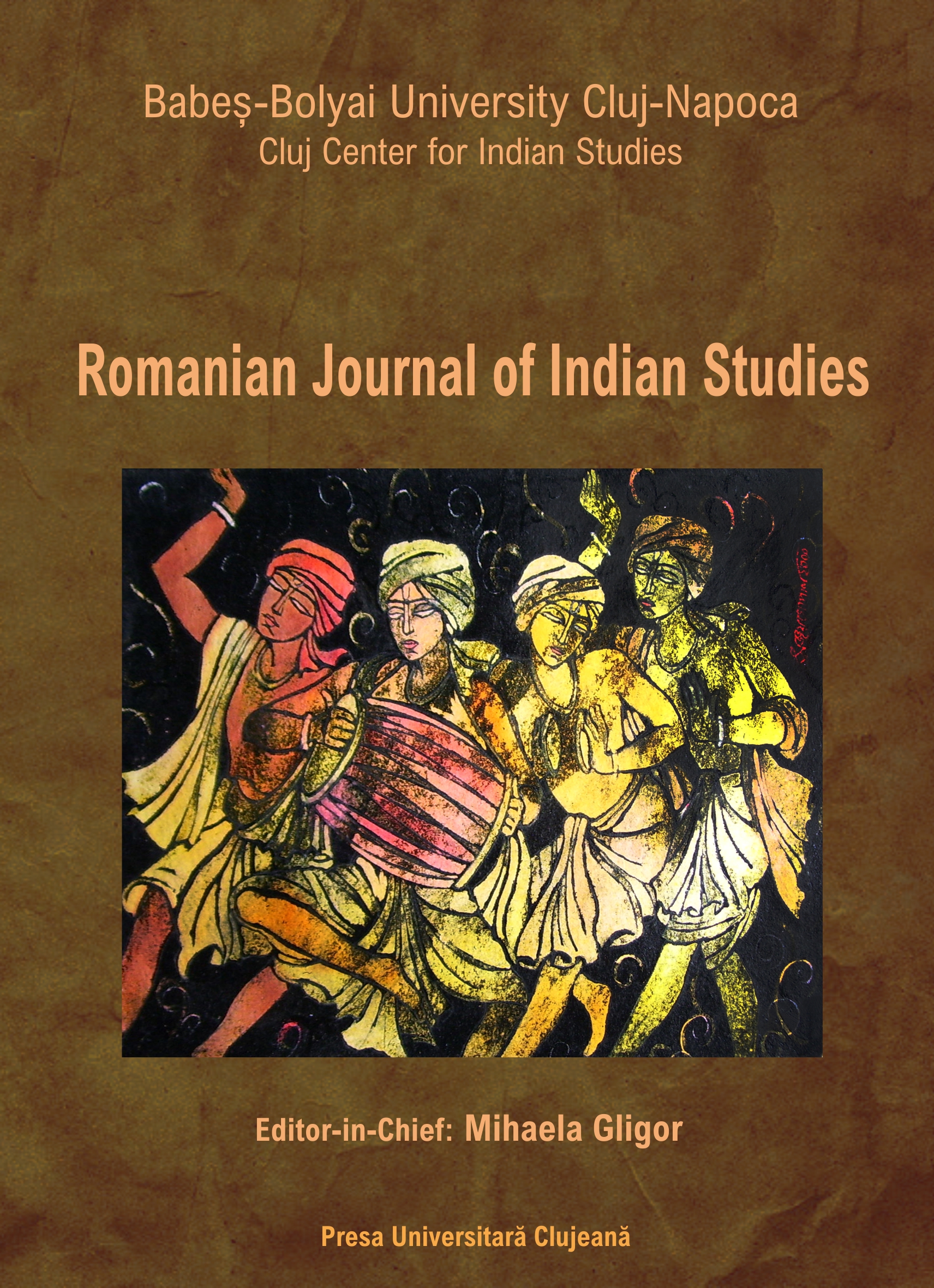Silent Bearers of the City’s Filth: the “Unseen” Conservancy Labor of Colonial Calcutta
Silent Bearers of the City’s Filth: the “Unseen” Conservancy Labor of Colonial Calcutta
Author(s): Maria-Daniela PomohaciSubject(s): Politics / Political Sciences, History, Anthropology, Social Sciences, Cultural history, Essay|Book Review |Scientific Life, Bibliography, General Reference Works, Public Administration, Economic history, Local History / Microhistory, Social history, Recent History (1900 till today), Culture and social structure , Cultural Essay, Societal Essay, Source Material
Published by: Presa Universitara Clujeana
Keywords: Sanitation Workers; Mehtars; Caste; Labour; Conservancy; Colonial Calcutta; Urban Infrastructure;
Summary/Abstract: This article delves into the vital yet marginalized labor of Mehtars and other sanitation workers in colonial Calcutta, who were responsible for the manual removal of night-soil. These workers, designated as “untouchables” and subjected to deep social stigmatization, played a crucial role in maintaining urban hygiene in a rapidly growing colonial city. Initially, their labor was performed under the cover of night, but as public health concerns grew, sanitation tasks were shifted to daylight hours. This change brought the Mehtars into public view, forcing the Calcutta Municipal Corporation to reconcile their indispensable labor with the rigid caste-based social hierarchy. This article examines the intersection of caste, labor, and municipal sanitation reforms, exploring how sanitation workers navigated these dual pressures of being both essential and stigmatized. The analysis contributes to the social history of labor in colonial India, shedding light on one of the most marginalized sectors of the urban workforce.
Journal: ROMANIAN JOURNAL OF INDIAN STUDIES
- Issue Year: 1/2024
- Issue No: 1
- Page Range: 83-103
- Page Count: 21
- Language: English

